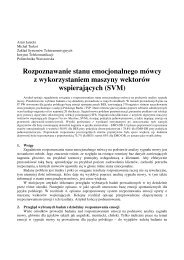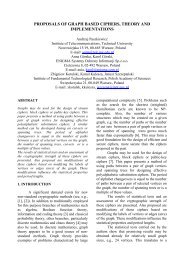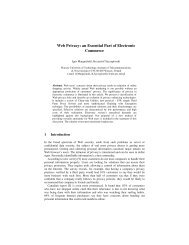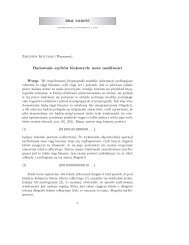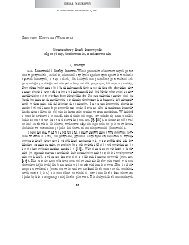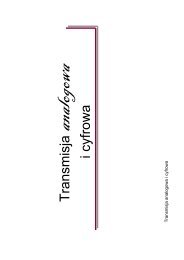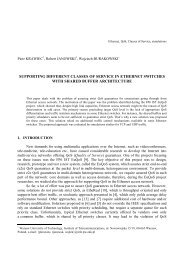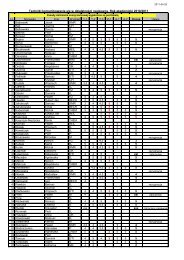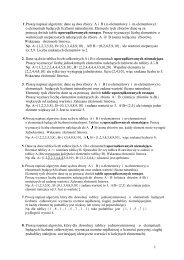MAX II Development Kit Getting Started User Guide
MAX II Development Kit Getting Started User Guide
MAX II Development Kit Getting Started User Guide
You also want an ePaper? Increase the reach of your titles
YUMPU automatically turns print PDFs into web optimized ePapers that Google loves.
<strong>Getting</strong> <strong>Started</strong><br />
repeatedly pressing the Bet button, a player can select between three<br />
amounts they wish to wager on a particular turn of the simulated slot<br />
reels. When the player is satisfied with the wager amount, the Spin<br />
button (S4) is selected, initiating the simulated slot action. If all three slot<br />
reels display the same value, the player wins and his total is updated with<br />
the appropriate payoff. If the reels do not match, the wagered amount is<br />
subtracted from his earnings. Wager amounts and payoffs are listed in<br />
Table 2–1. Play continues in this way until the player either reaches $1000<br />
or runs out of money. The player is allowed to select any of the wager<br />
amounts at any point in the game. A new game can be initiated at any<br />
time by recycling the board power plane (button S5).<br />
Table 2–1. Wager Options & Their Payoffs<br />
Wager<br />
$1 $16<br />
$5 $80<br />
$50 $800<br />
Payoff<br />
Understanding the Functionality of the Slot Machine Reference Design<br />
A high level view of the reference design can be separated into the basic<br />
areas of functionality shown below.<br />
Overview<br />
The design functionality is based on a block of logic that monitors the<br />
status of two input signals. Based on the state of each of these inputs, the<br />
design sends the appropriate information to an LCD display through one<br />
of two paths. One path provides access to a block of on-chip flash<br />
memory that sends display instructions to the LCD. The other path stores<br />
values for a set of registers that keep track of the game status as it<br />
progresses. An LCD controller interprets the instructions provided by<br />
either path and supplies stimulus to the LCD hardware to render the<br />
appropriate images. See Figure 2–8.<br />
Altera Corporation <strong>Development</strong> <strong>Kit</strong> Version 1.0.0 2–23<br />
October 2004<br />
<strong>MAX</strong> <strong>II</strong> <strong>Development</strong> <strong>Kit</strong> <strong>Getting</strong> <strong>Started</strong> <strong>User</strong> <strong>Guide</strong>




